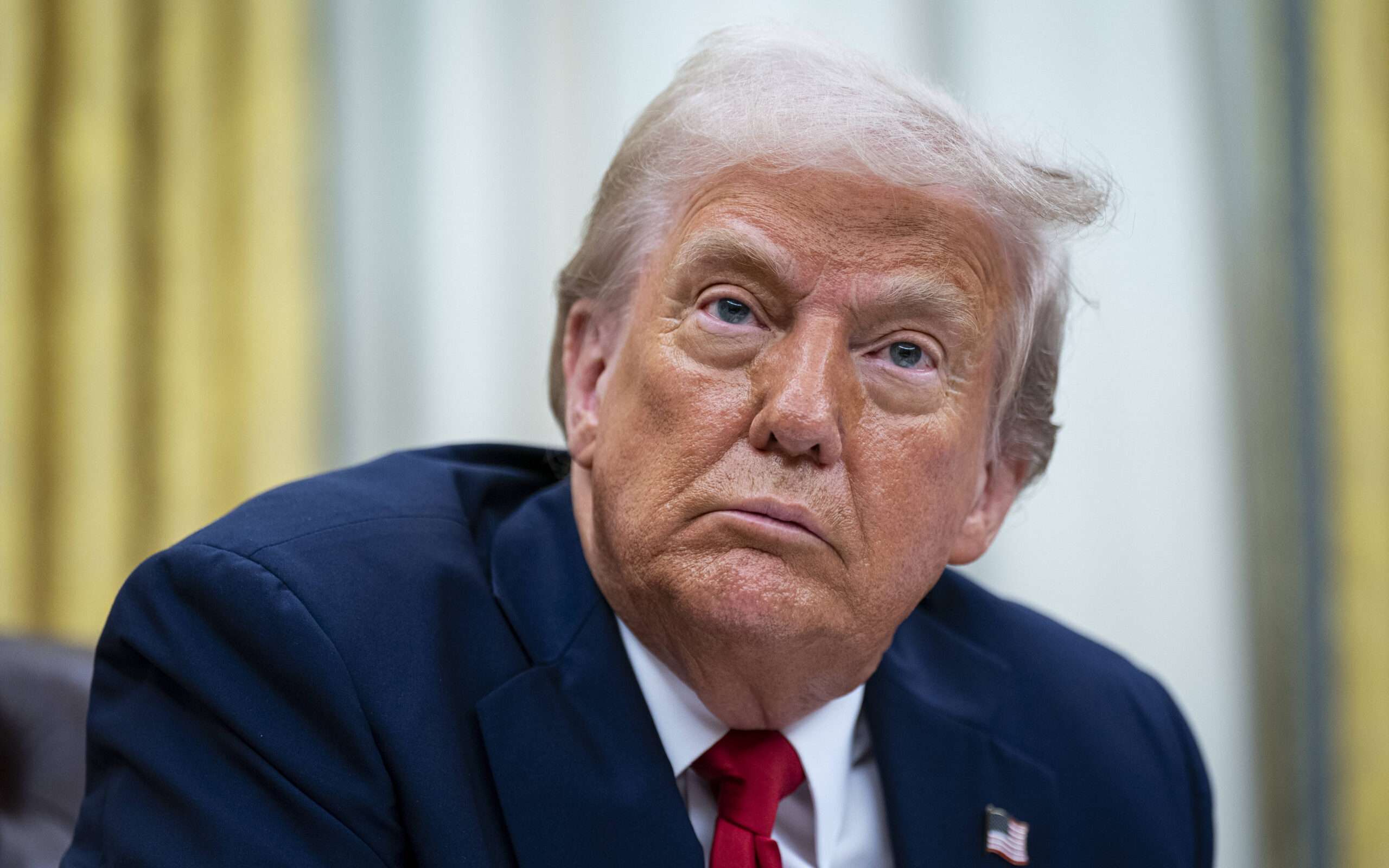The Global Impact of Recent U.S. Tariff Policies
Unveiling the shifting dynamics in global trade, this extensive article explores the implications of recent U.S. tariff strategies and their reverberations across industries.
Published April 17, 2025 - 00:04am

Image recovered from app.myzaker.com
The United States' aggressive stance on tariffs under the Trump administration has sparked widespread debate and concern across global markets. In recent developments, Trump has consistently vouched for high tariffs as a means to rejuvenate American manufacturing, insisting that such measures will ensure more jobs and a stronger domestic economy. However, a CNBC survey involving 380 U.S. manufacturing companies revealed skepticism about this approach. The survey indicated that many companies would rather relocate to other countries with lower tariffs than return manufacturing to the U.S. due to the steep costs associated with setting up operations domestically.
Trump's administration argues that these tariffs will force international corporations to reconsider the location of their manufacturing hubs, theoretically bringing business back to American soil. Despite these assertions, 57% of surveyed companies cited cost as the primary barrier to moving back to the U.S. Furthermore, 21% pointed to the country's skilled labor shortages as a significant disadvantage. Even with potential governmental incentives such as tax breaks, only a small fraction of the companies considered these factors as major influences in their decision-making processes.
The announcement of impending tariffs on high-tech goods and pharmaceuticals, justified under the guise of national security, further adds to the complexity of existing global trade dynamics. Commerce Secretary's emphasis on the need for the U.S. to maintain control over essential industries, even as it considers exemptions on sectors like high-end technology, implies that negotiation tones remain hard yet pragmatic.
Meanwhile, the implications of this tariff policy shift have been met with backlash within the country. Notably, California has initiated a lawsuit challenging the tariffs' legality. The state argues that such economic measures significantly disrupt the trade balance and increase costs for consumers. California's challenge is indicative of domestic dissent regarding the unilateral imposition of tariffs and the resultant strain on foreign relations.
Additionally, Johnson & Johnson has anticipated a $4 billion hit to its 2026 earnings due to the tariffs, emphasizing the potentially extensive impact on the pharmaceutical and tech industries. The company expects these fiscal changes to influence their production and pricing models significantly, especially as international costs start reflecting in local inventories and income statements.
Internationally, adversarial responses from key trading partners like China have deepened the complexity of these tariff regulations. The mutual tariff impositions between the two largest economies exhibit the volatile nature of modern trade relationships. The continued back-and-forth has become a reflection of a tit-for-tat situation, with each side seemingly preparing for prolonged economic tension.
The overall global economic environment remains precarious amidst these developments. This uncertainty was palpable as stock markets responded with volatility, reflecting investor concerns about the long-term impacts on global supply chains and economic stability. Moreover, key U.S. trade partners, including countries in Asia and Europe, are cautiously navigating these developments with a mix of apprehension and strategic foresight.
In conclusion, while the Trump administration remains optimistic about the potential local benefits of its tariff strategies, the immediate landscape suggests a trajectory fraught with challenges and potential disruptions in both domestic and global markets. As these policies unfold, stakeholders from various sectors must remain vigilant and adaptable, continuing to reassess strategies amid unprecedented trade dynamics.







